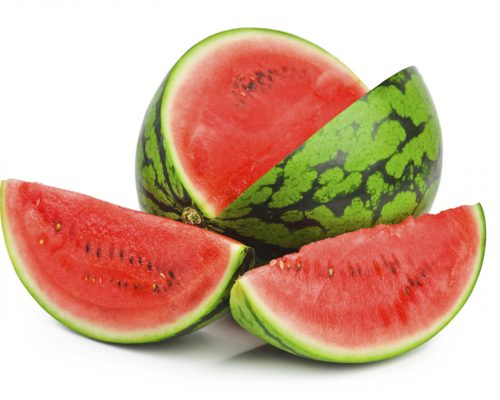Project Report For Watermelon Farming
Introduction
Project Report For Watermelon Farming is as follows.
Watermelon is a succulent fruit that grows on a vine-like plant and is a member of the Cucurbitaceae family of gourds. It is indigenous to tropical Africa and is now grown all over the world. The fruit, which is often consumed uncooked, provides vitamin A and some vitamin C. Sometimes the rind is maintained by being pickled.
Watermelons are a crop with a long growing season. They require an average of 100 to 120 days from seeding to harvesting when grown outdoors. However, if you intend to grow watermelon from seed, there are some details you should be aware of. To begin, watermelon seeds must sprout at soil temperatures of at least 18 °C (65 °F).
Second, in order to sprout, the seed must have optimal moisture levels. Overwatering can be dangerous. Some farmers extensively wet the land the day before sowing and do not irrigate again until the seeds sprout. However, if the soil is too sandy and has difficulty retaining enough available water, this is not a viable strategy.

Benefits Of Watermelon Farming
- Stronger Heart: Citrulline, an amino acid found in abundance in watermelon, may aid in the circulation of blood and reduce blood pressure. The advantages of all of the lycopene in watermelon are also appreciated by your heart. According to research, it may lower your chance of having a heart attack. Of course, your overall lifestyle has an influence on your heart health. So be sure to exercise, avoid smoking, eat a restricted amount of saturated fat, and follow your doctor’s advice.
- Protects your joints: Watermelon contains beta-cryptoxanthin, a natural pigment that may protect your joints from inflammation. According to some study, it may eventually lower your chance of getting rheumatoid arthritis.
- Simple on the Eyes: One medium slice of watermelon offers 9-11% of the vitamin A you require each day. This vitamin is crucial for keeping your eyes healthy. The best way to get all the vitamins and minerals your body needs is through food.
- Boosts Your Workout: The high water content, antioxidants, and amino acids in watermelon may make for a more effective workout. It also has a lot of potassium, which may aid with cramps at the gym. You may also consume watermelon juice after working out. As long as you don’t push yourself too hard, doing so may help avoid muscular discomfort.
- It moisturises your skin: Watermelon’s vitamins A, B6, and C keep your skin soft, smooth, and elastic. Due to its high water content, melon is a fantastic face mask. 1 tablespoon Greek yoghurt and 1 tablespoon watermelon juice should be combined. To eliminate any dry, dull skin, apply to your face and leave on for 10 minutes. Thoroughly rinse, then pat dry.
Project Report Sample On
Watermelon Farming
Get Completely Custom Bankable Project Report
Market Potential Of Watermelon Farming
The worldwide watermelon market is predicted to increase at a 7.0% CAGR from USD 2.50 billion in 2021 to 2030.
The demand for watermelons in India is high, particularly during the summer months when the fruit is in season. Watermelons are a popular choice for beating the heat and are consumed in a variety of ways, including as fresh fruit, in salads, and as a juice. In addition to being consumed domestically, watermelons are also exported to other countries, further increasing the market potential for watermelon farming in India.
There are several factors that contribute to the potential for watermelon farming in India. Firstly, the country has a large and growing population, with over 1.3 billion people, which creates a significant demand for food, including watermelons. Secondly, India has a warm and humid climate, which is suitable for growing watermelons. Watermelons require warm temperatures and plenty of water to grow, and India’s climate is well-suited to meet these requirements.

